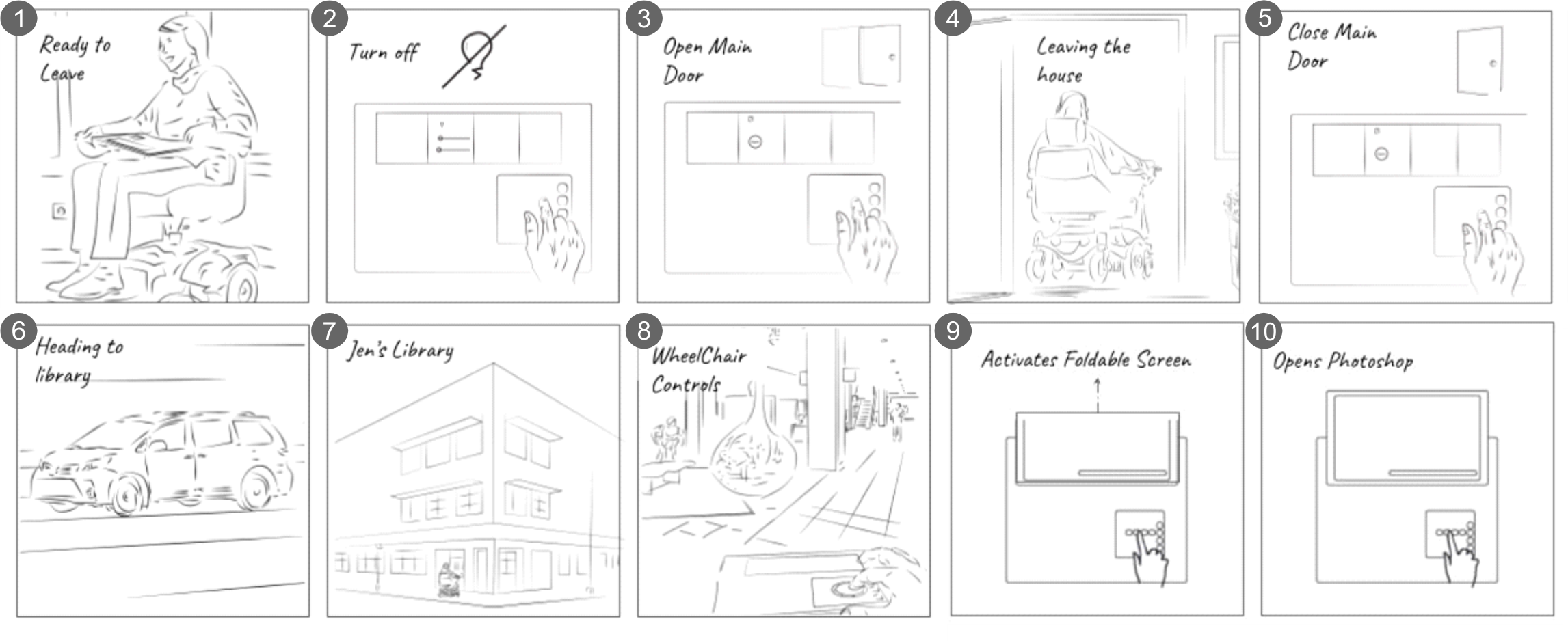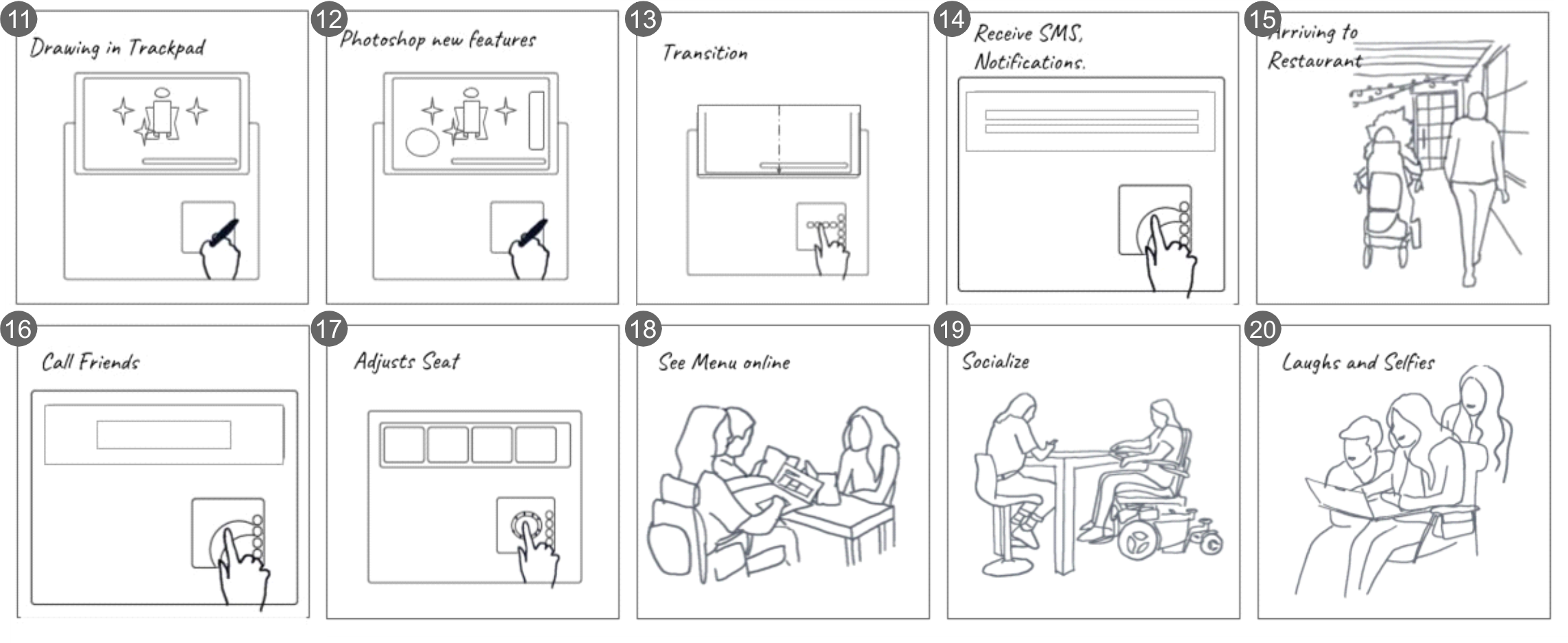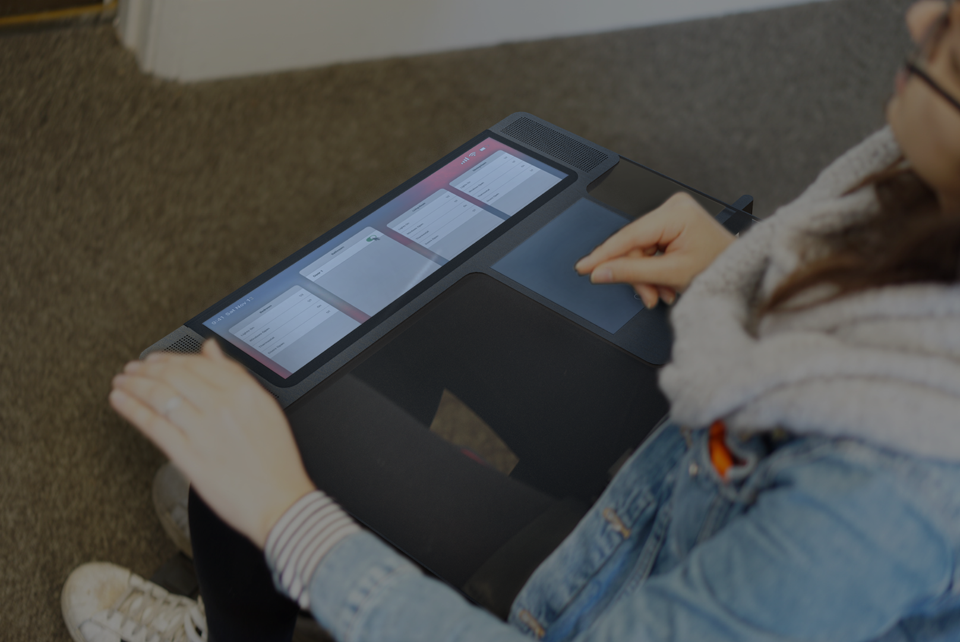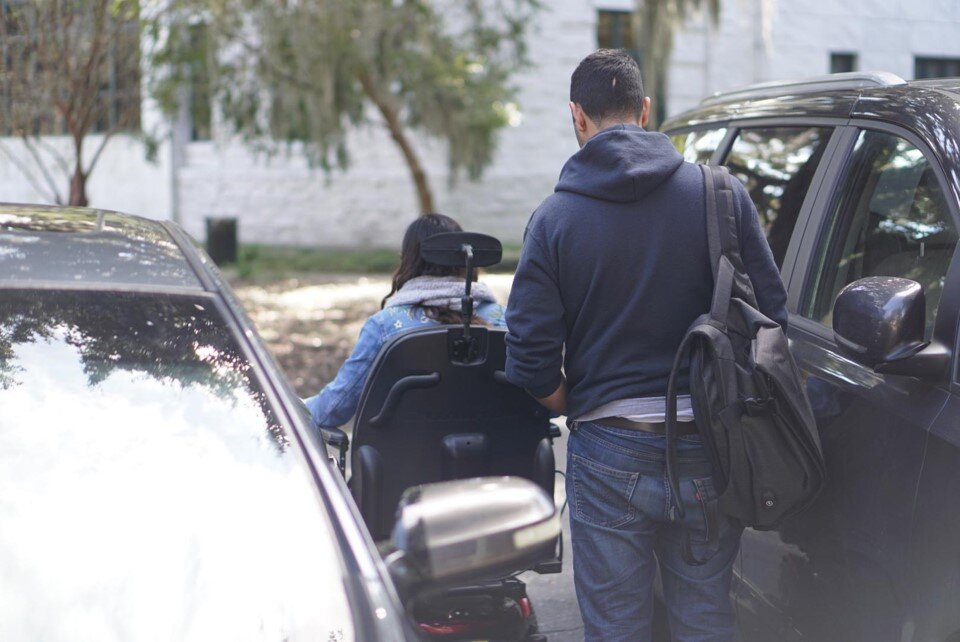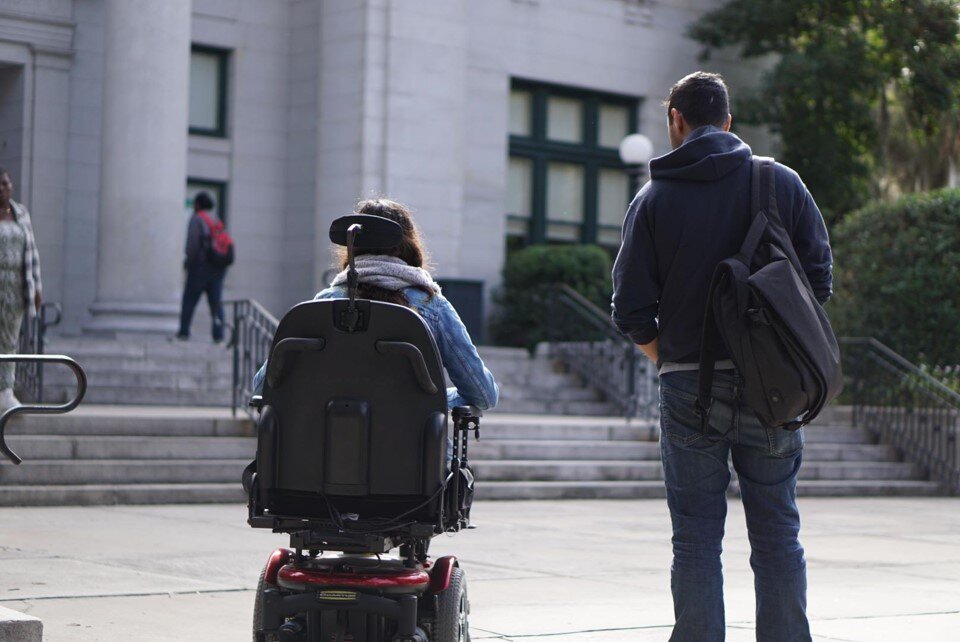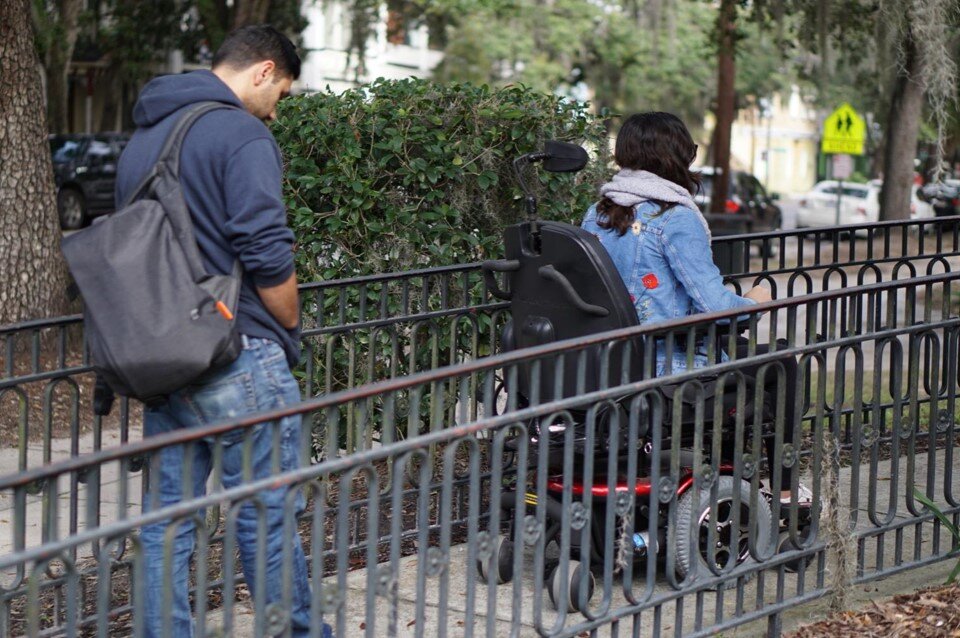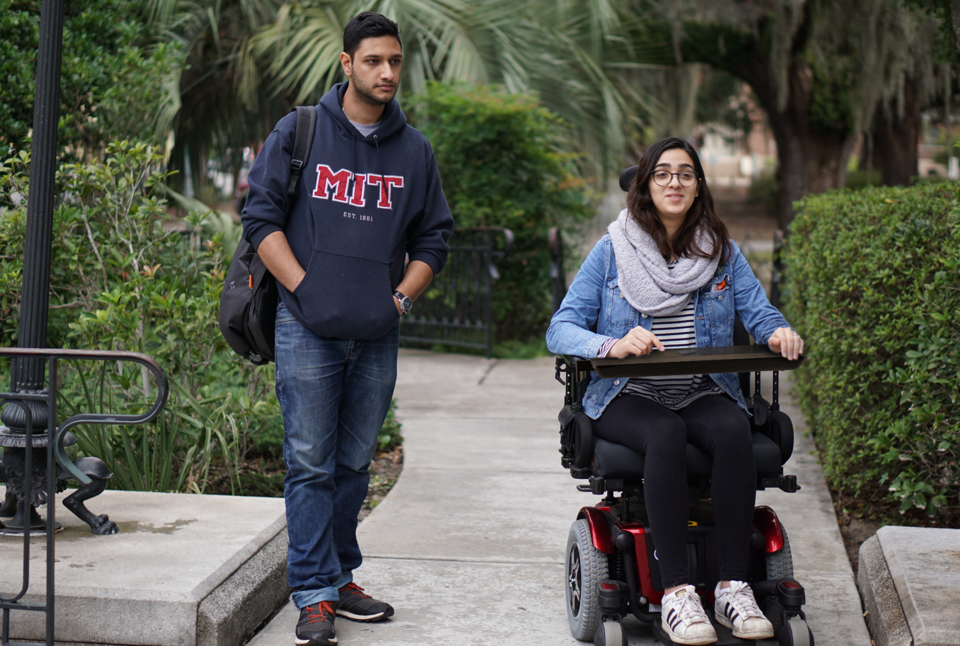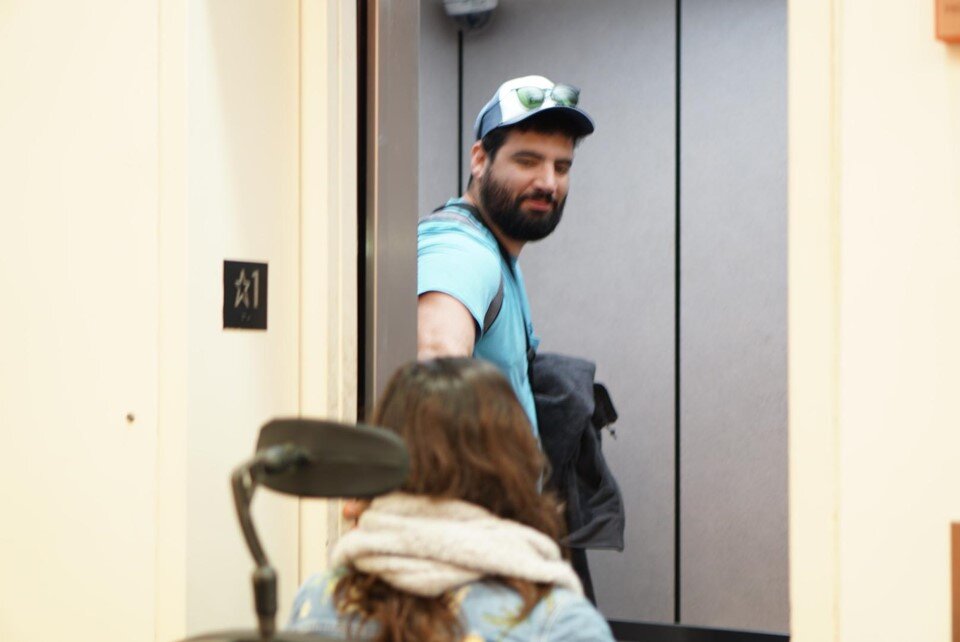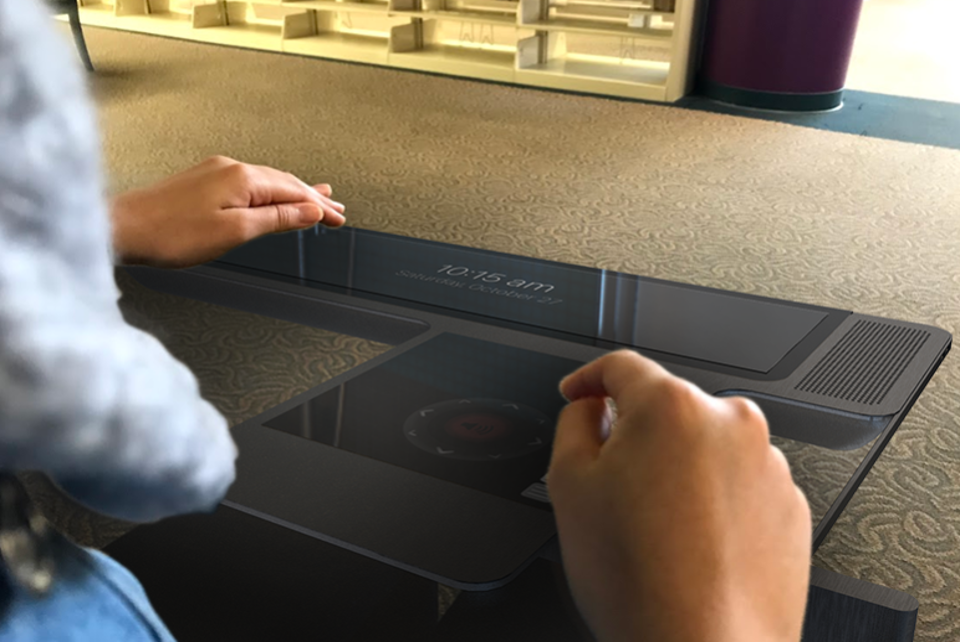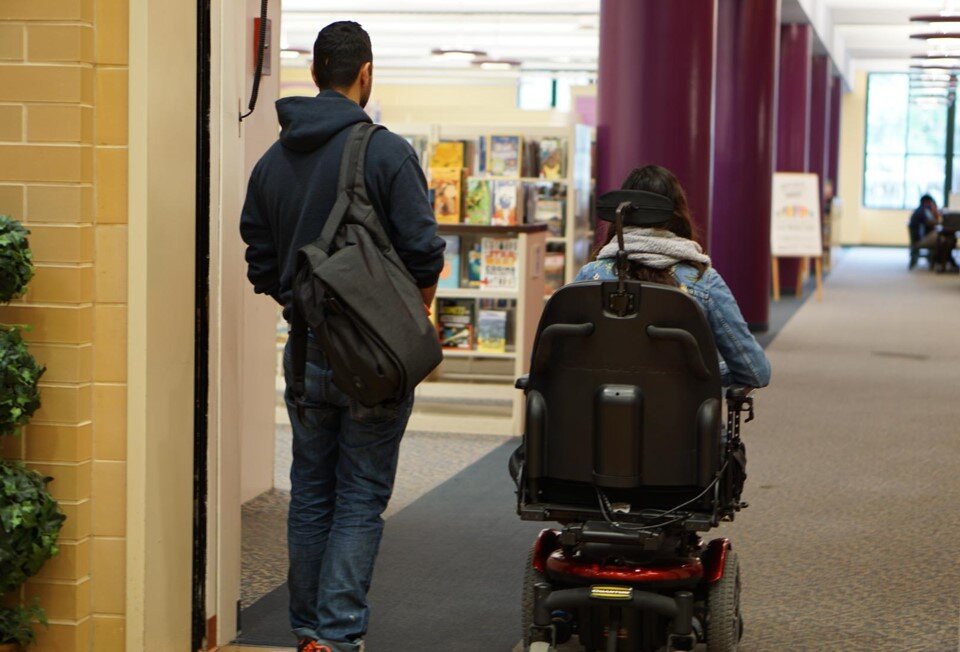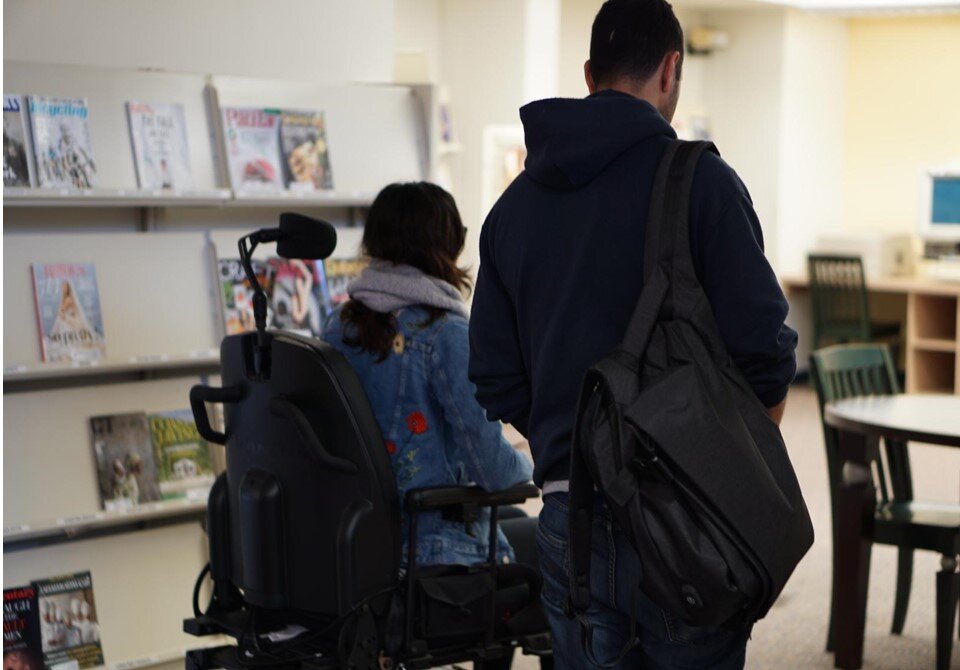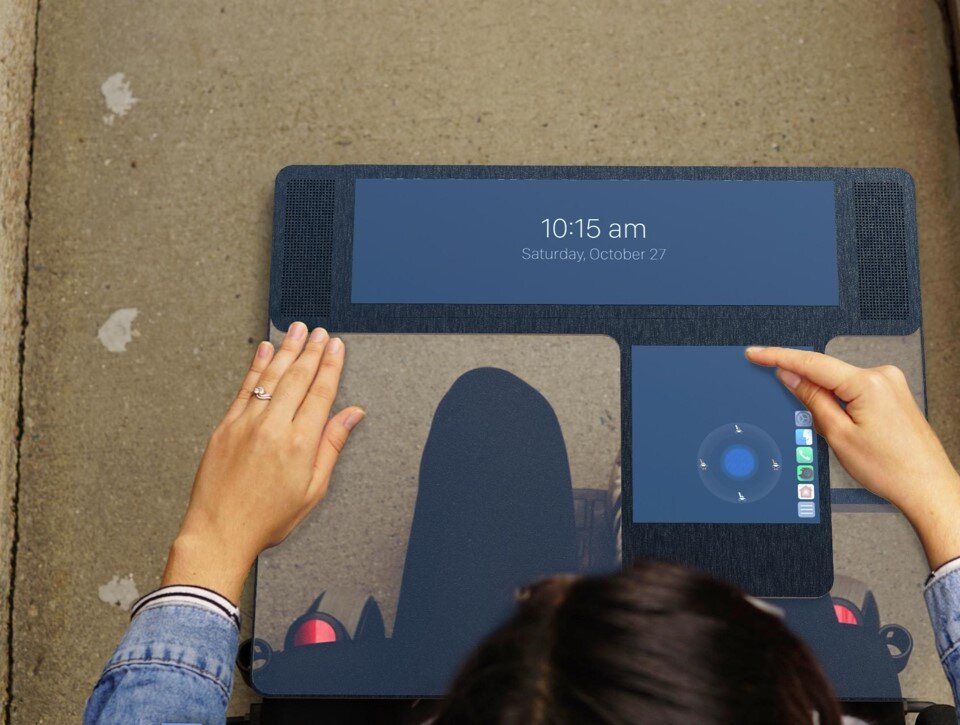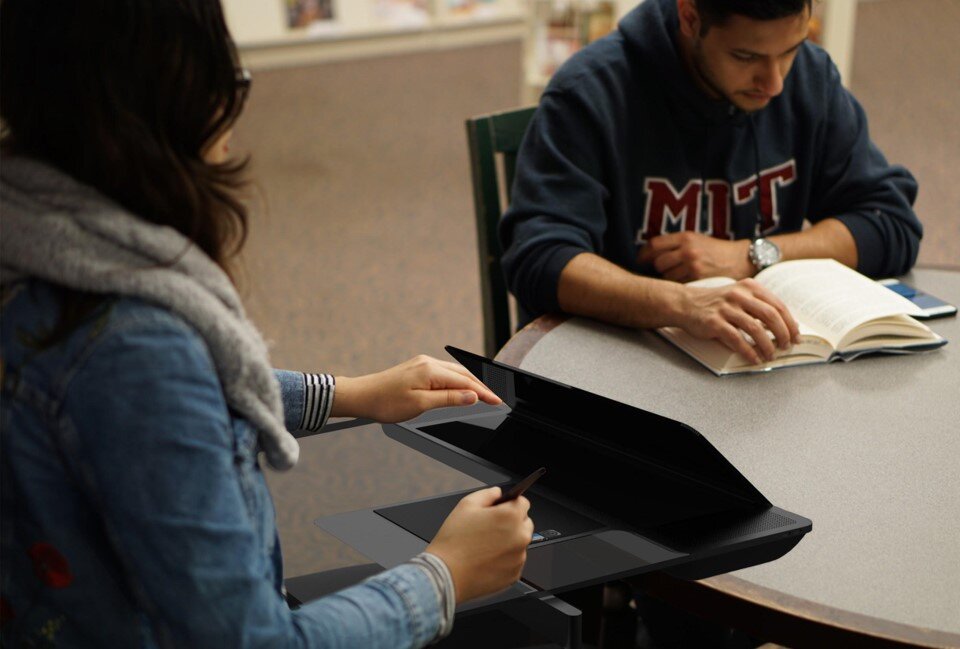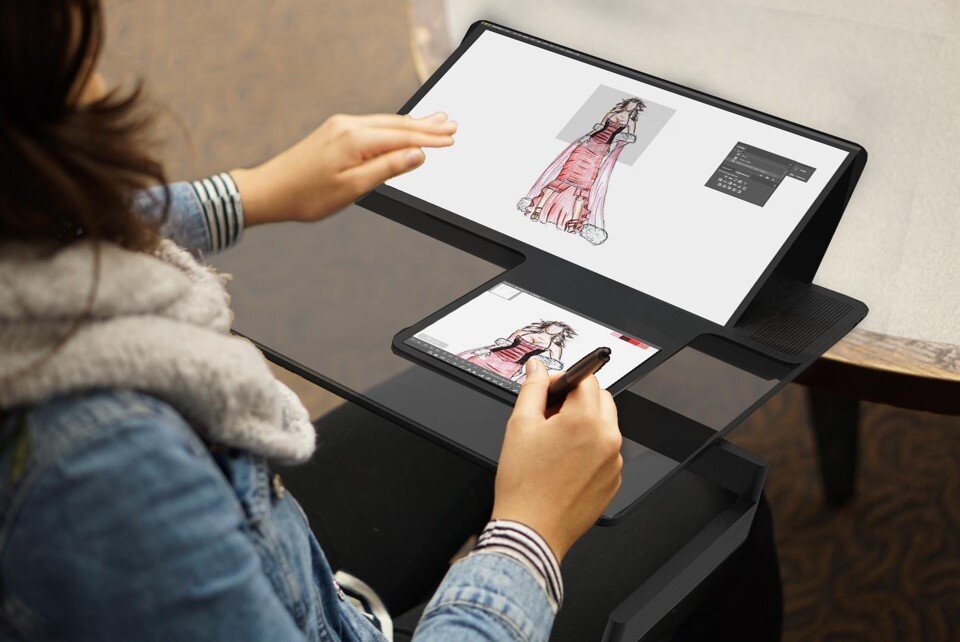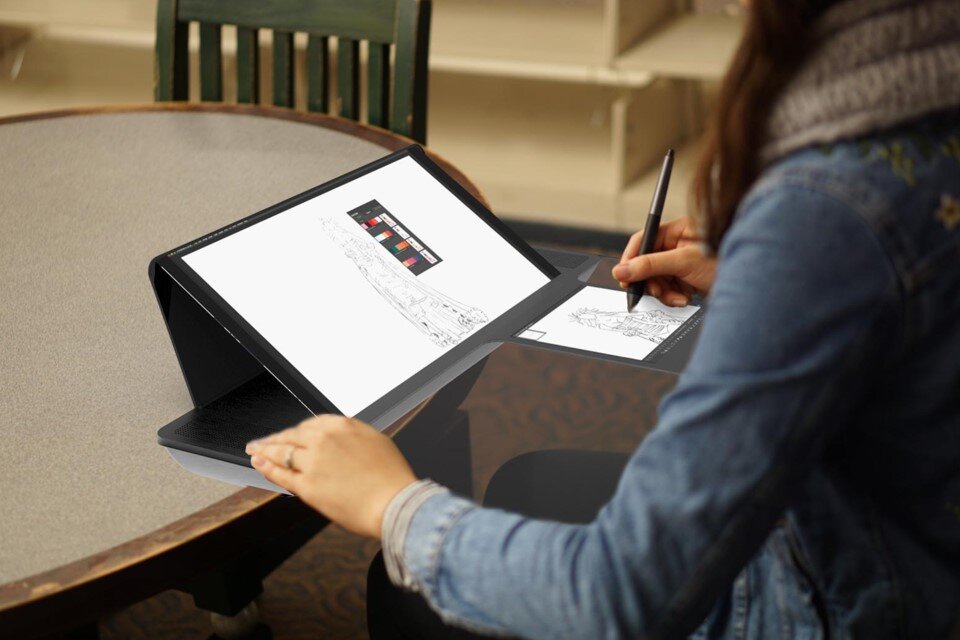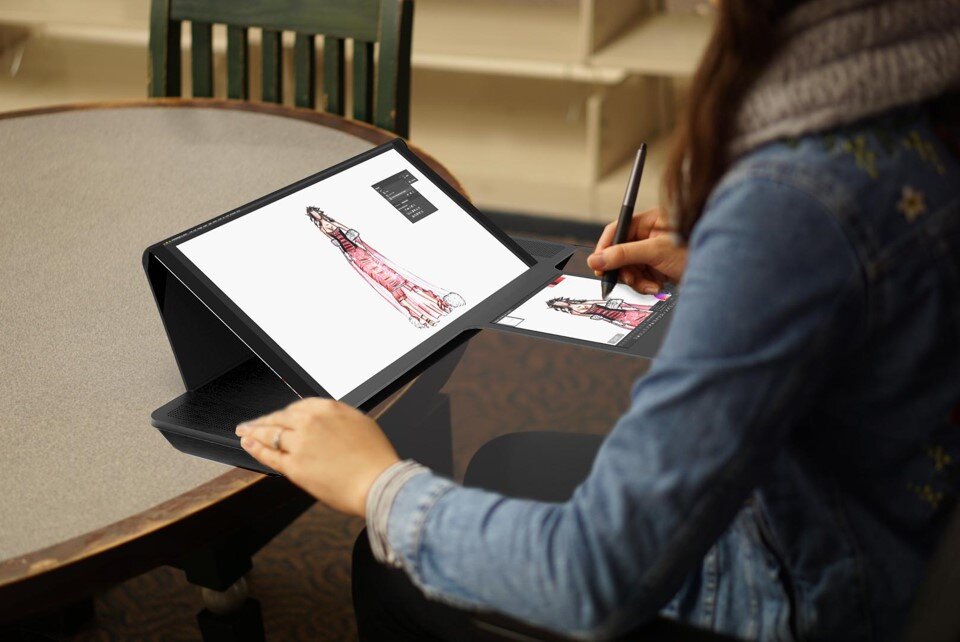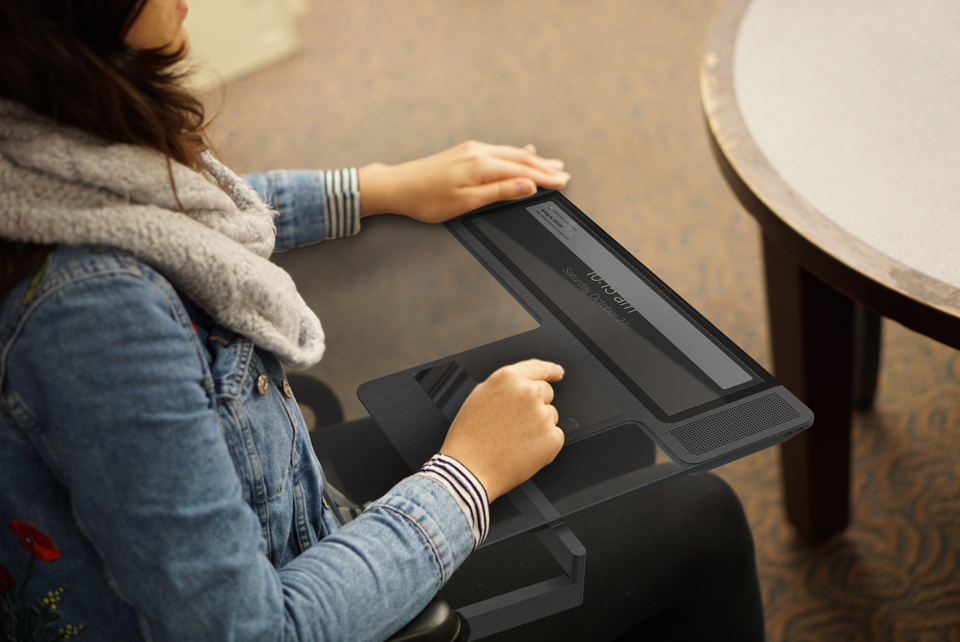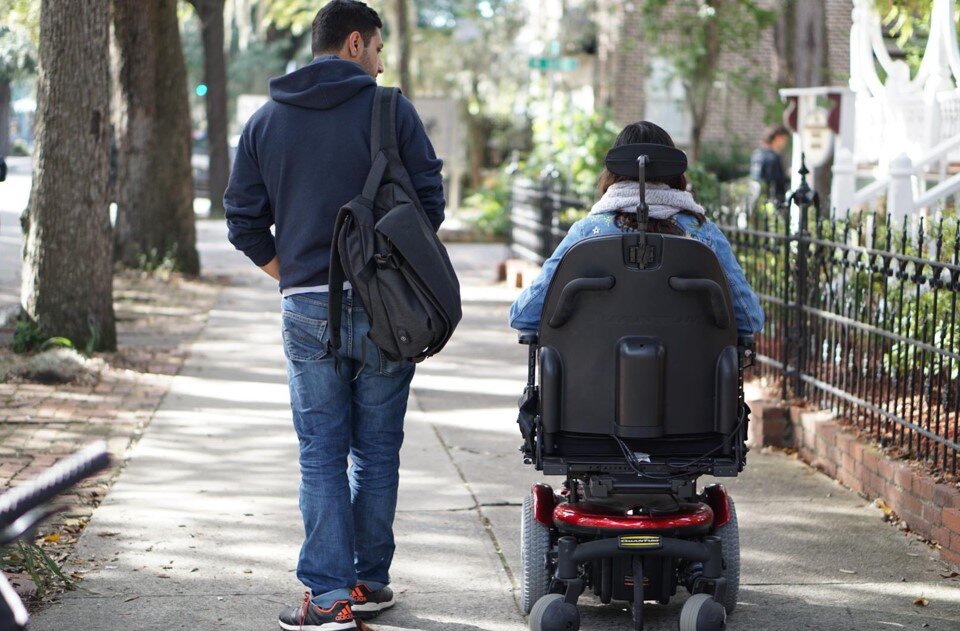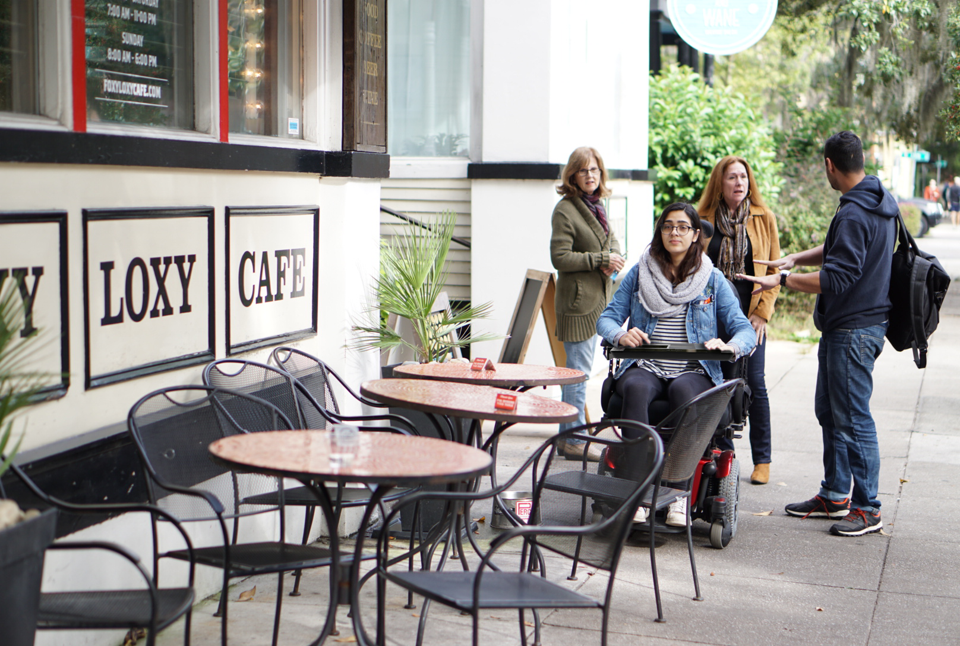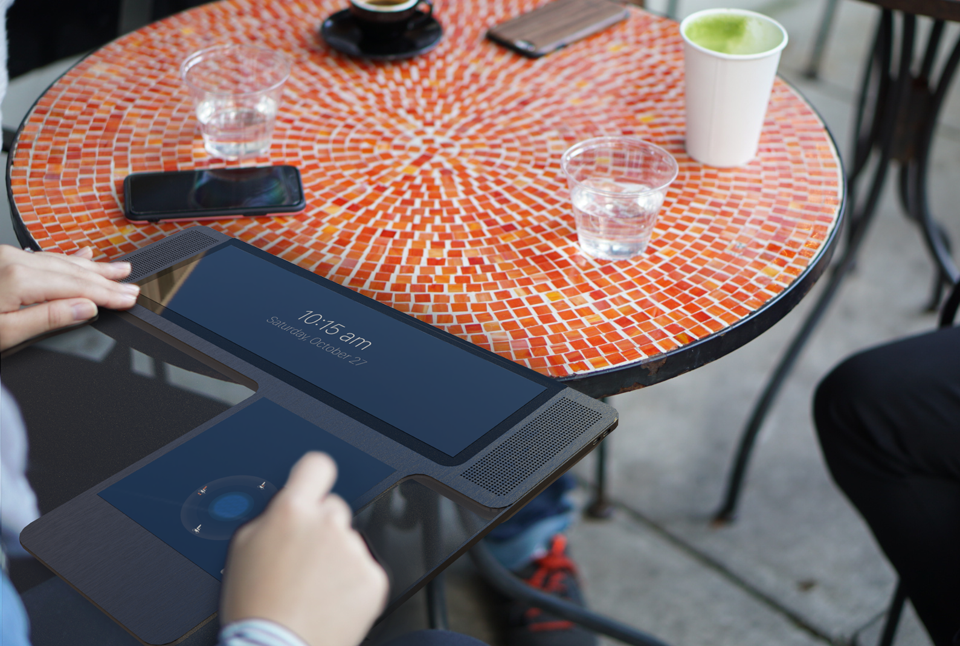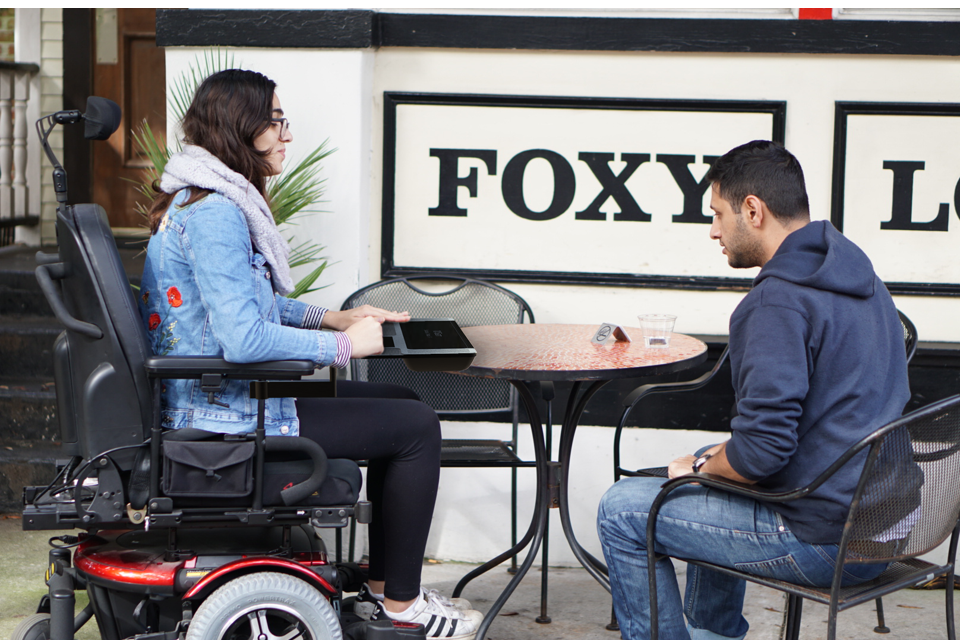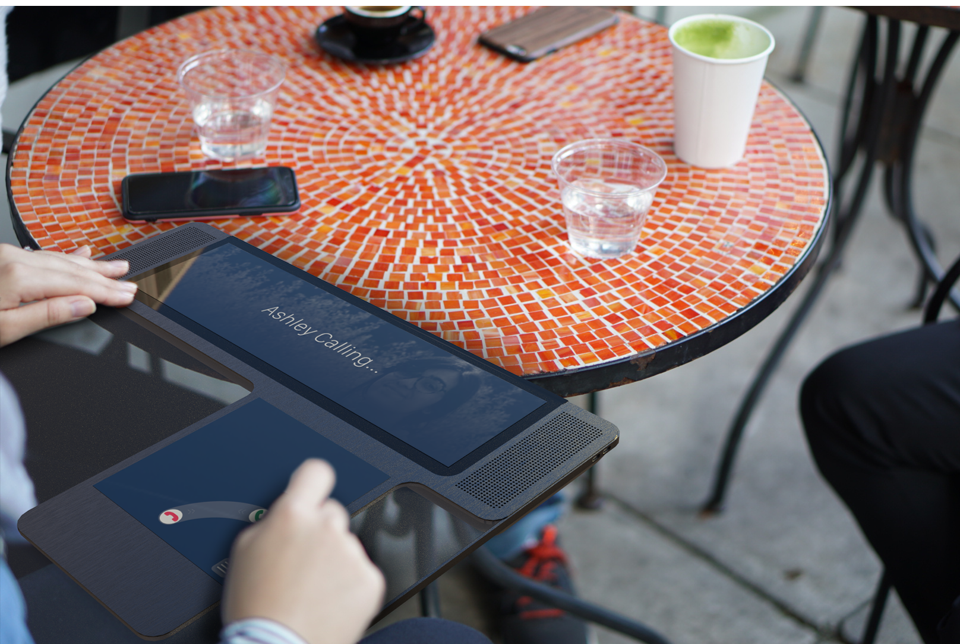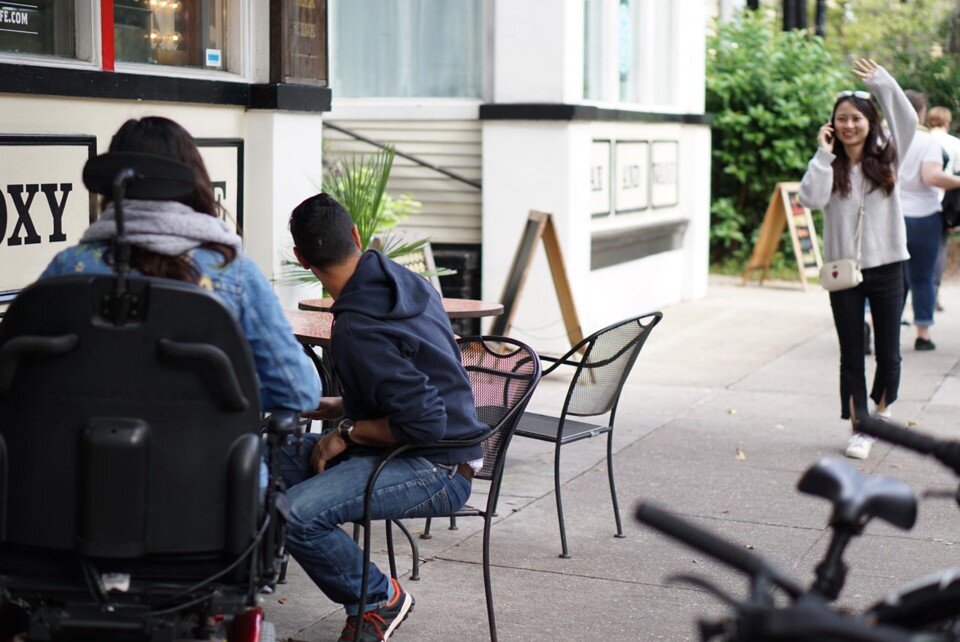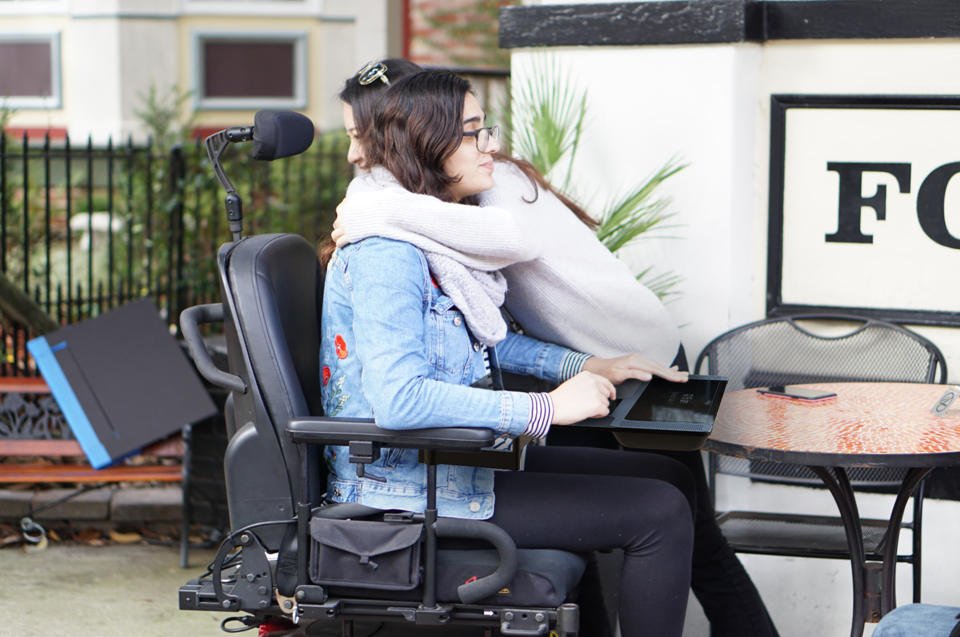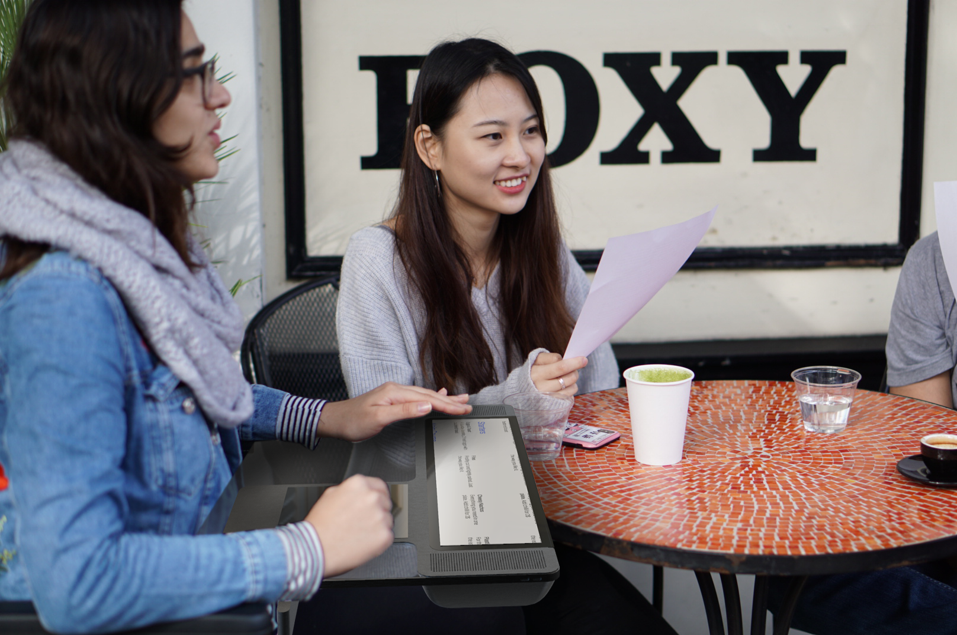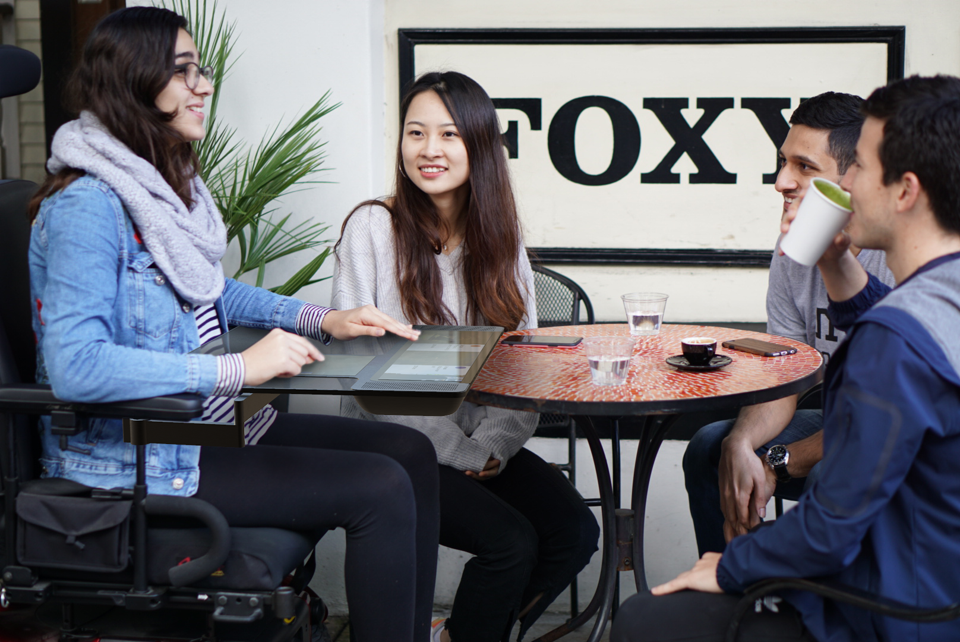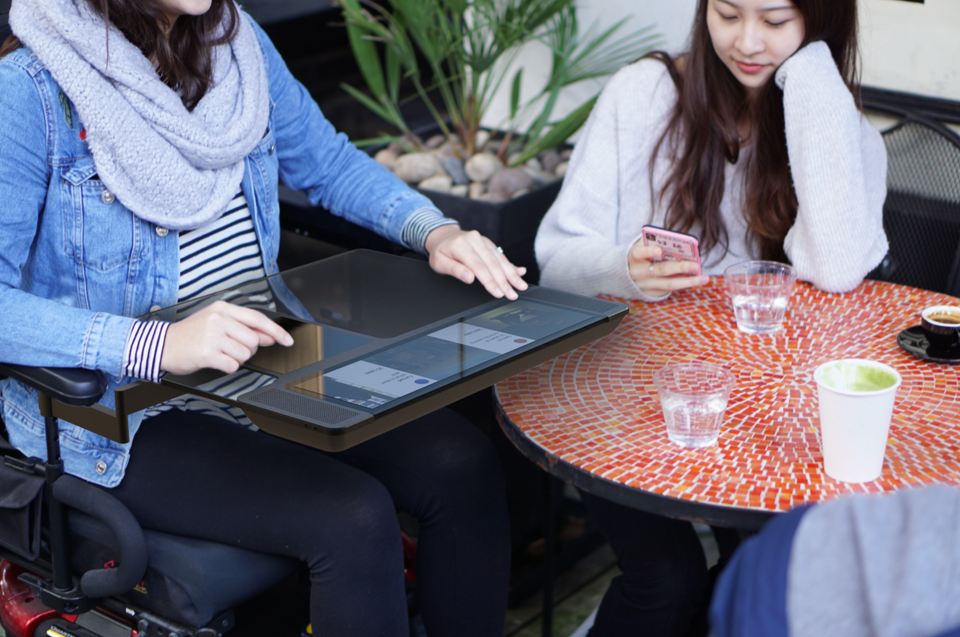Project Glow
SOLUTION
Glow Desk is a concept wheelchair command center that puts the power back in Glow’s fingers. it consists of two screens and a bundle of features that help glow interact with her surroundings much more effectively without having to feel like a burden on the people around her.
The smart desk replaces her phone, Wacom, and PC to create an experience that is unique to her specific ranges of motion and creates a fluid transition between her work and leisure activities.
CHALLENGE
Dealing with congenital diseases is never easy. The fact that most design solutions for the same are mass-produced and generalize the patient’s condition makes the patient feel much less cared for. Further, the feeling of being heavily dependant on others for simple, everyday tasks takes its toll on the patient’s self-confidence and personality.
For this project, we focused on one such patient (Glow) that suffers from Spinal Muscular Atrophy (SMA) Type 2, to create a unique product experience that was specific to her wants and needs
“An autosomal recessive neuromuscular disease characterized by motor neuron degeneration in the brainstem and spinal cord, resulting in progressive muscle weakness and atrophy.”
Debilitating and often fatal muscle weakness can lead to the inability to walk, eat or even breathe.
However, it does not affect their ability to think, learn and build relationships with others
Our Client
For this design for one project, we focused on glow who is a student at the Savannah College of Art & Design. She is a Fashion Marketing Major and enjoys everything to do with it. Glow spends most of her time working on projects. She has a limited range of motion but is very skilled with a Wacom pen and has a GPA of 3.97.
Glow is not shy. She knows what she likes and doesn’t like and is not afraid to talk about it, but sometimes society is oppressive. She wants to understand others but also wants others to understand her.
Research
Apart from being oour client, Glow was also a friend. So we tried our best to make sure that the research we did was thorough. As a result, we used several research methods including: User and assistant interviews, observations, inventory studies and diary (Blog) studies.
Findings
Analysis of the collected data from research led to the identification of areas of interest that helped define our opportunity spaces.
Experience Map
We also built experience maps on two of glow’s daily activities to see where her pain-points lie.
Opportunity Spaces & Activities
Baseed on the findings, we narrowed down on 3 major opportunity spaces of independance, device control & building relationships



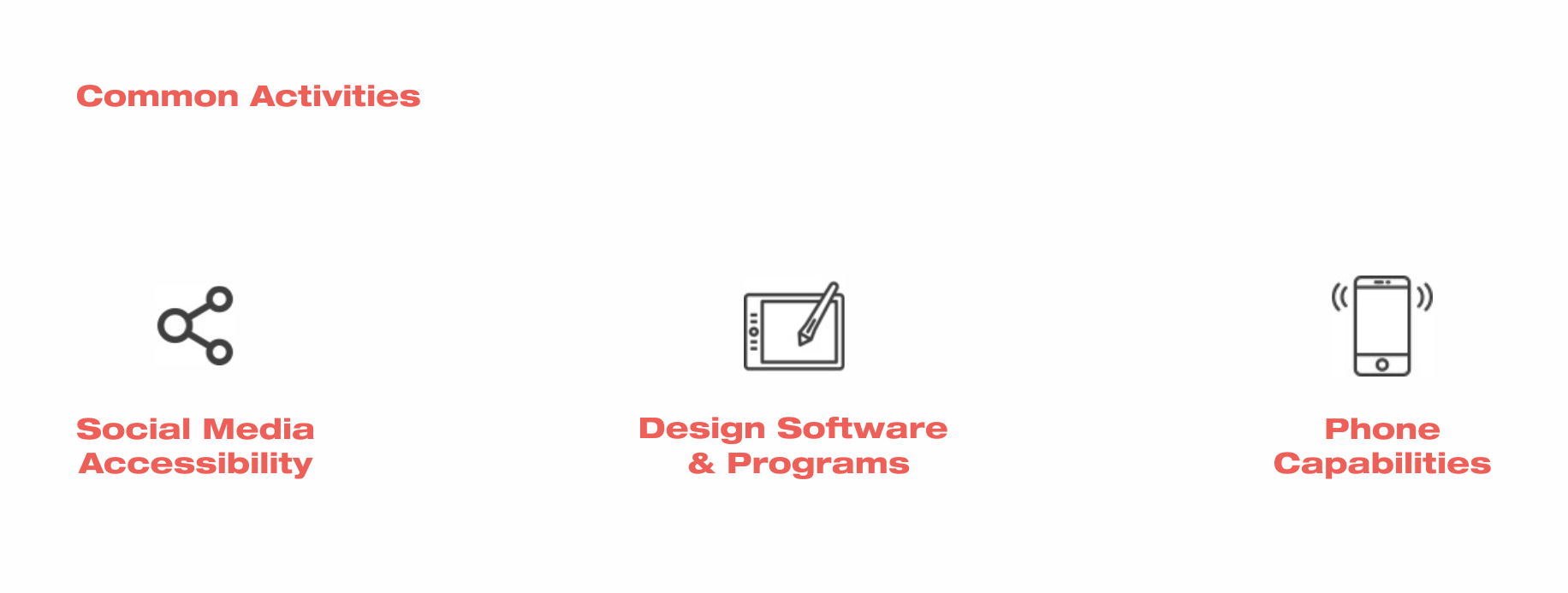
“Machines don’t understand me. It’s a burden for me to rely on someone else for living my life.”
Ideation
We now had a problem to solve so we focused on how best to do that. We explored various ways to help with Glows observed Pain-points. This included building wireframes, device forms and prototypes of various input modalities, collecting further information on range of motion and consolidating these various ideas into a concept that is feasible.
Final Direction
We narrowed down on a concept that focused on giving Glow more independence in the environments that she was in. This concept gives Glow the ability to transition form one activity to another with comparatively less assistance as the various devices she uses are combined in one and is .designed specifically to her range of motion.
we then created a story board of glow going through her daily life activities with our concept and compared it to the map we built of Glows current experience. This was done to see the effect our concept had and whether it addressed the pain-points that she faced.
Glow Desk
Glow desk is a concept table that attaches to glows wheelchair and combines her Phone, Wacom Tablet & PC in one device allowing to transition between activities more smoothly. The desk has 2 screens and a digital touchpad input module.
This set up allow Glow to use the desk the way she does now without the hassle of having an assistant set it up every time she needs a change. The desk is capable of:











